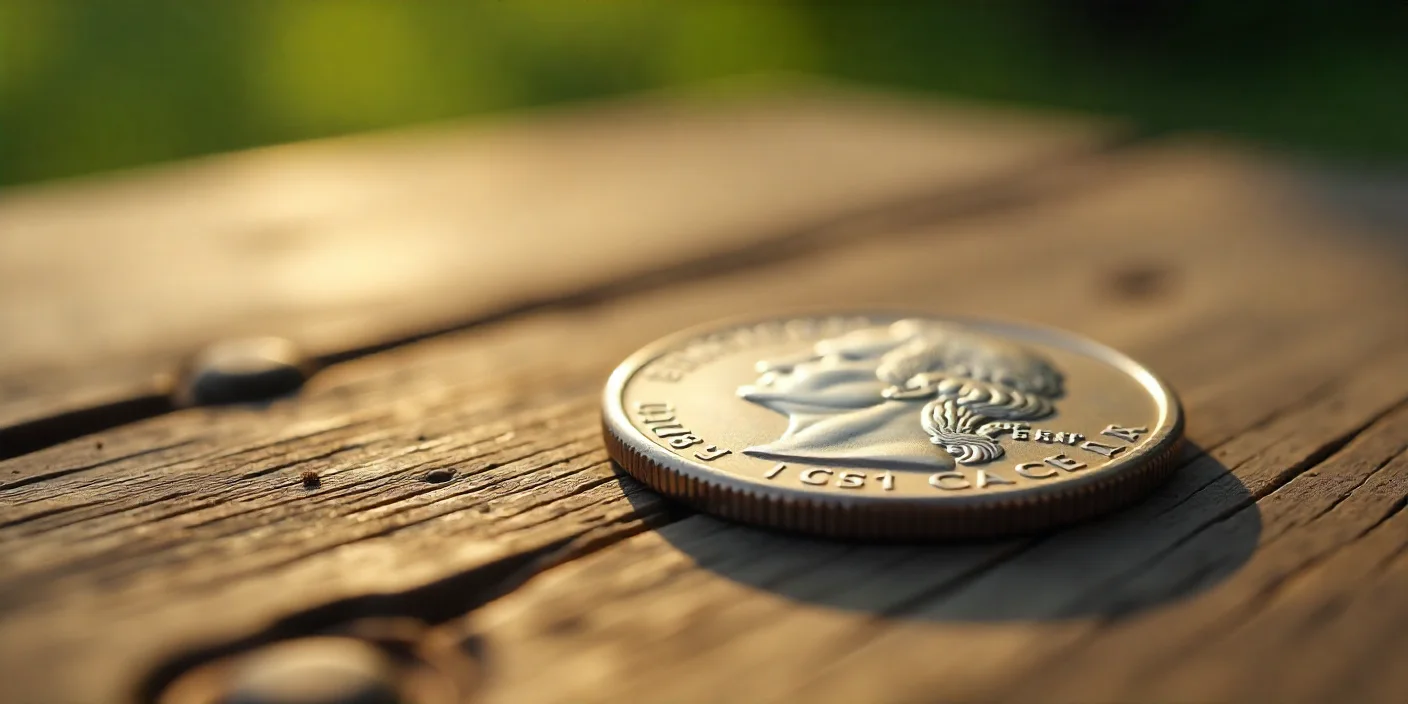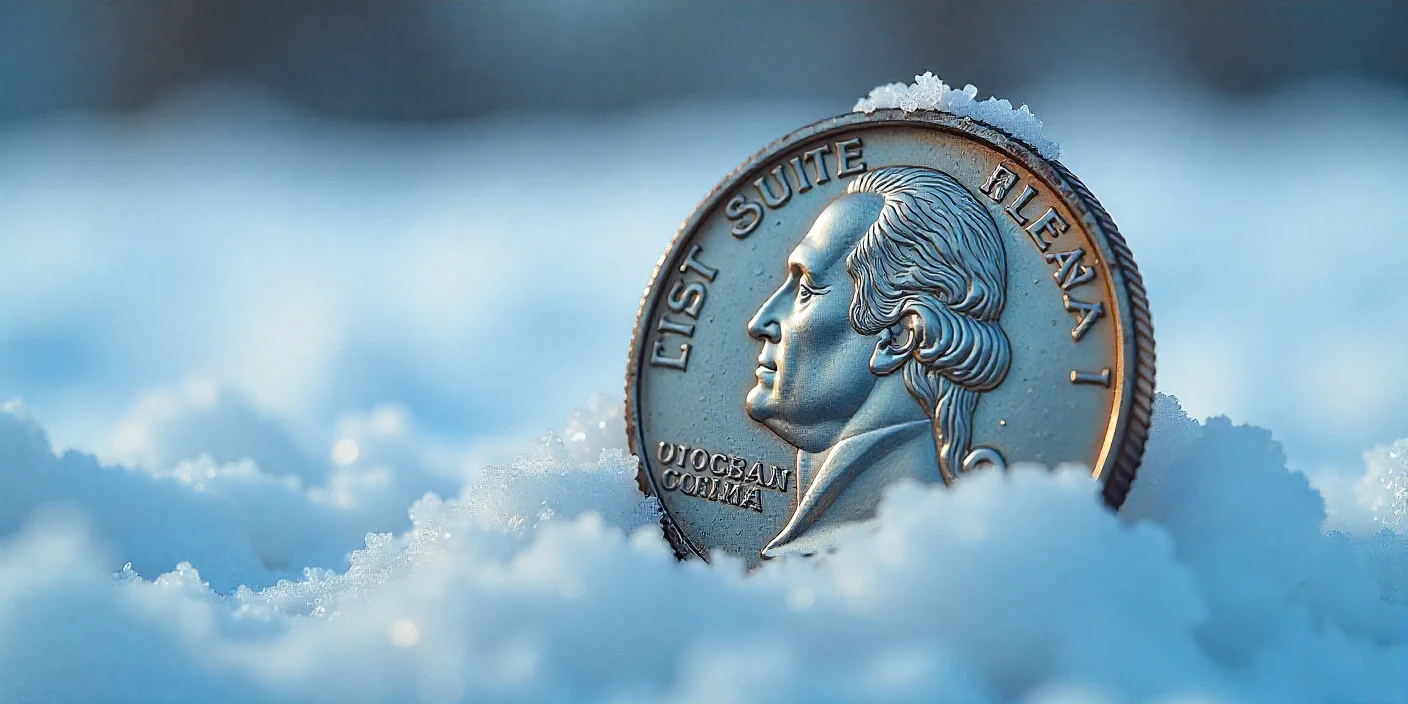Bicentennial Quarters: A Collector’s Guide to Rare Varieties
.The Bicentennial quarter, minted in 1975 and 1976 to celebrate America’s 200th anniversary, remains one of the most widely collected coins in modern U.S. numismatics.
Millions were struck. A handful of rare Bicentennial quarters command significant premiums today.
What are the most valuable Bicentennial quarters? What are their distinguishing features, and what makes them worth far more than 25 cents?

Historical Significance
Designed by Jack L. Ahr, the Bicentennial quarter features a distinctive colonial drummer on the reverse, symbolizing the spirit of the American Revolution.
The obverse retains the same portrait of George Washington as the standard quarter but carries the dual date "1776–1976."
These coins were minted in large quantities across Philadelphia (no mint mark), Denver (D), and San Francisco (S), with the majority intended for circulation. However, a few rare variations slipped through the cracks.
Key Rare Varieties and Errors
1. The 1976-S Silver Proof Quarter
While most Bicentennial quarters were struck in copper-nickel clad, the San Francisco Mint also produced a limited number of 40% silver proofs for collectors. These coins have a distinct silver appearance and weigh slightly more than their clad counterparts. In pristine condition (PR-70), these silver proofs can fetch $15 to $25, with deep cameo contrast versions commanding even higher premiums.
2. The 1976-D Doubled Die Obverse (DDO)
A small number of Bicentennial quarters from the Denver Mint exhibit noticeable doubling on the obverse inscriptions, particularly the words "IN GOD WE TRUST" and "LIBERTY." These errors were caused by misaligned dies during striking. While not as dramatic as some famous doubled dies, a strong example in AU or better condition can sell for $100 to $500, depending on visibility and eye appeal.
3. The 1976 No-S Proof Quarter
A rare and controversial variety, the 1976 No-S proof quarter is believed to have been struck at the San Francisco Mint without the expected "S" mint mark. Only a handful are confirmed to exist, making them one of the most valuable Bicentennial quarters. In verified condition, these coins have sold for $5,000 to $10,000 at auction.
4. Off-Metal and Clad Errors
Occasionally, Bicentennial quarters were struck on incorrect planchets, such as nickel-clad dime blanks or even copper penny stock. These off-metal errors are extremely rare and can bring $1,000 or more when authenticated by grading services like PCGS or NGC.
5. The 1975 and 1976 Mule Errors
Though technically not Bicentennial quarters, a few experimental 1975-dated Washington quarters were struck before the official Bicentennial design was finalized. These transitional pieces, known as "mules," are among the rarest modern U.S. coins, with only a few confirmed examples. If discovered, they could be worth $10,000+.
How to Identify Valuable Bicentennial Quarters
Check the Mint Mark: San Francisco (S) silver proofs are the most valuable of the regular issues.
Look for Doubling: Use a magnifying glass to inspect the obverse lettering for signs of a doubled die.
Weigh the Coin: A 40% silver proof weighs 5.75 grams vs. 5.67 grams for clad versions.
Examine the Edge: Silver proofs have a solid silver appearance, while clad coins show a copper stripe.
Market Trends and Collecting Strategies
Silver Proofs remain steady in value, with high-grade examples (PR-69/70) seeing gradual appreciation.
Error coins (DDO, No-S, off-metal strikes) are highly liquid but require certification for maximum value.
Circulated Bicentennial quarters are generally worth face value unless they exhibit rare errors.
For serious collectors, assembling a complete set (including clad, silver, and major varieties) can be a rewarding long-term investment.

FAQs
1. What makes a Bicentennial quarter valuable?
Most Bicentennial quarters are worth face value, but certain varieties—such as silver proofs, doubled dies, missing mint marks, and off-metal errors—can be worth hundreds or even thousands of dollars due to rarity and collector demand.
2. How can I tell if my Bicentennial quarter is silver?
Check the edge: A silver Bicentennial quarter will have a solid silver color, while a clad coin shows a copper stripe.
Weigh it: A 40% silver proof weighs 5.75 grams, compared to 5.67 grams for a standard clad quarter.
Look for an "S" mint mark: Only San Francisco (S) produced silver proofs in 1976.
3. Are all 1976-S quarters valuable?
No—only the 40% silver proofs are collectible. Regular copper-nickel 1976-S quarters from circulation are worth 25 cents.
4. What is the rarest Bicentennial quarter?
The 1976 No-S proof quarter (missing the "S" mint mark) is the rarest, with only a few confirmed examples. Genuine specimens have sold for $5,000–$10,000+.
5. Is a 1975 quarter a Bicentennial coin?
No—the Bicentennial design was only struck in 1975 and 1976, but all coins bear the dual date "1776–1976". A true 1975-dated quarter (without the Bicentennial design) would be an extremely rare error.
6. How much is a doubled die Bicentennial quarter worth?
A strong 1976-D doubled die obverse (DDO) can sell for $100–$500 in AU or better condition. Look for doubling on "IN GOD WE TRUST" or "LIBERTY."
7. Can I find valuable Bicentennial quarters in circulation?
Yes, but it’s rare. Most high-value pieces (like silver proofs or major errors) were saved by collectors. However, checking rolls or old collections can still yield surprises.
8. What’s the difference between a proof and a regular Bicentennial quarter?
Proofs have mirror-like surfaces, sharper details, and were sold in special sets.
Business strikes (circulation coins) have a standard finish and may show wear.
9. Are Bicentennial quarters made of silver?
Most are copper-nickel clad, but the San Francisco Mint produced 40% silver proofs for collectors.
10. Where can I sell a rare Bicentennial quarter?
Coin dealers (local shops or major dealers like Heritage Auctions)
Online marketplaces (eBay, GreatCollections)
Grading services (PCGS, NGC) for authentication before selling
11. How do I protect a valuable Bicentennial quarter?
Store in an airtight capsule or Mylar flip.
Avoid cleaning—it reduces value.
Consider professional grading (PCGS/NGC) for authentication.
12. Are there fake Bicentennial quarters?
Yes, especially for rare varieties like the No-S proof. Always verify with a magnifying glass or professional grader before buying/selling.
